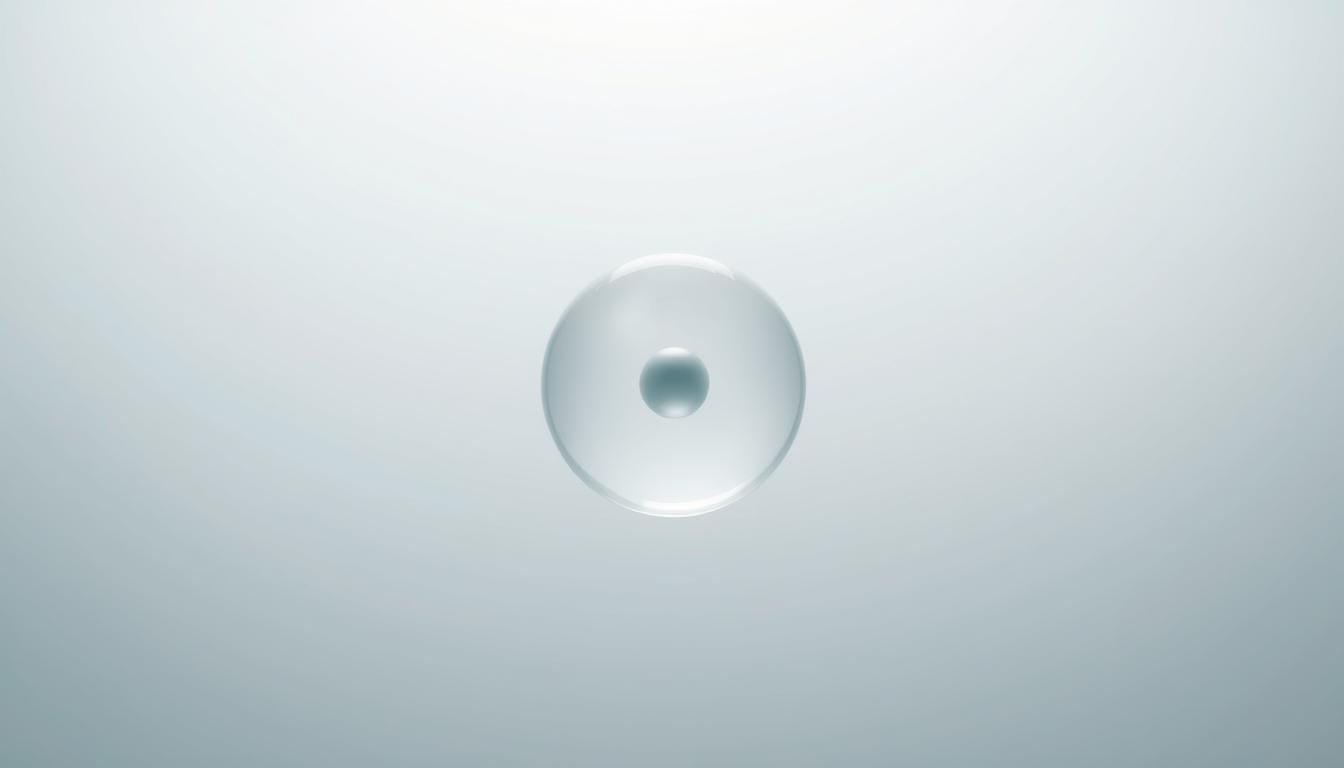Currently Empty: RM0.00
Can a single proton and one electron change how we see materials and energy in daily life?
Wellness Concept opens this friendly guide to explain why the smallest atom matters in local science and wellness choices. It defines atomic radius as the distance from the nucleus to the outermost electrons and shows real numbers so readers can picture scale.
Hydrogen has one proton and one electron, so its radius is compact — about 53 pm. By contrast, helium can measure near 31 pm, while a hydride ion expands to roughly 208 pm. These figures help make radius and size feel concrete.
The piece previews periodic trends: sizes shrink left to right and grow top to bottom. That pattern explains why ions change, why Na may shrink to Na+ and Cl can expand to Cl−.
Wellness Concept offers clear answers to readers’ questions and invites Malaysians to connect on WhatsApp at +60123822655. Business hours: Mon–Fri 9:30 am–6:30 pm; Sat–Sun 10 am–5 pm.
Key Takeaways
- Atomic radius measures distance from nucleus to outer electrons.
- Hydrogen’s simple structure gives it a compact radius (~53 pm).
- Helium can be smaller in measured radius; ions often expand or shrink.
- Periodic trends explain size changes across rows and down columns.
- Wellness Concept answers science questions and is reachable via WhatsApp.
Atomic Radius Basics and Why Size Matters for Everyday Science
Scientists define an atom’s size by the space between its central nucleus and the furthest orbiting electron. This measured distance, the atomic radius, helps people compare elements in simple terms.
Nucleus, electrons, and shells: how atomic radius is defined
The outermost electron sits in an electron shell that sets the visible radius. A neutral gaseous atom uses that outer shell to define the radius scientists report.
Electrons arrange in multiple shells around the nucleus. When more shells are added, the measured distance grows even if the central nucleus holds more protons.
Effective nuclear charge and shielding: the forces that shrink or expand atoms
Effective nuclear charge is the pull the nucleus actually exerts on the outer electron. Inner electrons shield some of that pull, so screening by inner electrons changes the result.
When nuclear charge rises without extra shells, electrons are drawn in and the atomic radius shrinks. Add shells and the outer electron sits farther away, so size increases.
“A stronger nucleus can make atoms tighter, while extra shells tend to push the outer electron outward.”
Connect with Wellness Concept in Malaysia
Readers with questions can get quick answers from Wellness Concept on WhatsApp at +60123822655. Business hours: Mon–Fri 9:30 am–6:30 pm; Sat–Sun 10 am–5 pm.
For related topics like water and pregnancy, see learn about hydrogen water while pregnant for practical context.
Understanding the smallest atom hydrogen: one proton, one electron, and size comparisons
When an element has just one proton and one electron, its size and behavior become easier to picture. This simple setup gives a compact radius with almost no inner shielding. That clarity helps compare related species and predict bonding strength.

Hydrogen vs helium vs hydride ion: radii, charge, and electron repulsion
Hydrogen has a radius near 53 pm. With only one proton and one electron, it shows little shielding from inner shells.
Helium measures about 31 pm. A stronger nuclear charge pulls two same-shell electrons closer, so helium appears smaller than hydrogen despite being in the same row.
The hydride ion (H⁻) expands to roughly 208 pm. When hydrogen gains an extra electron, added electron–electron repulsion pushes the cloud outward.
“A higher nuclear charge tightens radius; an additional electron increases repulsion and expands it.”
| Species | Charge | Approx. radius (pm) | Why size differs |
|---|---|---|---|
| Hydride ion (H⁻) | −1 | ~208 | Extra electron increases repulsion, expands electron cloud |
| Hydrogen (H) | 0 | ~53 | Single electron, minimal shielding, compact but larger than He |
| Helium (He) | 0 | ~31 | Greater nuclear charge pulls same-shell electrons closer |
Order of size: H⁻ > H > He. These differences affect bond strengths and reactivity. A larger radius can lower attraction in some bonds, while a smaller radius raises local charge density.
For friendly, practical answers about how these numbers matter in wellness devices or local products, readers can message Wellness Concept on WhatsApp at +60123822655 during Malaysia business hours.
Periodic table trends: atomic radius decreases left to right, increases top to bottom
Across each row of the periodic table, the atomic radius usually shrinks from left to right. As the number of protons rises, the effective nuclear charge grows and pulls the outer electrons closer.
Concrete numbers show the trend: lithium is about 182 pm while fluorine is near 64 pm. These values make clear how the radius decreases across a period even when the same electron shell holds the outer charges.
Going from top to bottom, the atomic radius expands because shells increase. For example, sodium ≈ 186 pm versus lithium ≈ 182 pm. Added shells place outer electrons farther from the nucleus.
“Effective nuclear charge and inner electrons explain why radii shift across the periodic table.”
| Comparison | Example | Approx. radius (pm) |
|---|---|---|
| Across a period (left → right) | Li vs F | 182 → 64 |
| Down a group (top → bottom) | Li vs Na | 182 → 186 |
| Ionic change | Na+ vs Cl− | ≈95 → ≈181 |
Questions about how charge, number of electrons, and electron shells shape radii? Readers in Malaysia can get answers from Wellness Concept on WhatsApp at +60123822655 during business hours.
Conclusion
Conclusion
In summary, the number of protons and the layout of electron shells control an element’s visible size.
The piece shows that simple counts — one proton and one electron in hydrogen — give a clear atomic radius near 53 pm, while helium is about 31 pm and the hydride ion expands to ~208 pm. These examples make how nuclear charge and electron–electron repulsion shape size easy to follow.
Periodic table patterns — radius drops across a period and grows down a group — help answer practical questions about bonding and reactivity. For friendly answers in Malaysia, Wellness Concept is ready on WhatsApp at +60123822655 during business hours.
FAQ
What defines the radius of an atom’s outermost electrons?
The outermost electron cloud determines the measured radius. The nucleus, made of protons and usually neutrons, pulls electrons inward. Inner electrons shield outer shells, and the balance of shielding and effective nuclear charge sets the apparent size. Measured radii like covalent, van der Waals, and ionic values reflect how electrons distribute around the nucleus.
How does effective nuclear charge influence atomic size across a period?
As the number of protons increases across a row, the effective nuclear charge felt by outer electrons typically rises. That stronger attraction pulls electrons closer, so the atomic radius decreases moving left to right on the periodic table. Shielding from inner shells partially offsets this, but net charge usually dominates in a period.
Why do radii increase down a group in the periodic table?
Adding a new electron shell each period means outer electrons sit farther from the nucleus, so the radius grows down a column. Inner electrons also increase shielding, which weakens the nucleus’s pull on valence electrons and expands the size.
How does adding an electron change an element’s size, for example when forming an anion?
Gaining an electron increases electron–electron repulsion and may occupy a higher shell or expand an existing cloud. That makes the ionic radius larger than the neutral atom. For instance, a singly charged negative ion can be substantially bigger because electrons push each other outward.
What causes helium to have a smaller radius than its neighbor on the periodic table?
Helium’s two protons create a relatively strong pull on its two electrons, which both occupy the first shell with minimal shielding. That compact configuration produces a smaller measured radius than elements with more shells or weaker effective nuclear charge in the same row.
How do proton and electron counts determine whether a particle is neutral or an ion?
A neutral species has equal numbers of protons and electrons. If it loses electrons, it becomes a positively charged ion (cation); if it gains electrons, it becomes negatively charged (anion). The charge imbalance alters Coulombic forces and typically changes the measured size.
Are there standard values for atomic and ionic radii that readers can use for comparison?
Yes, published values like covalent and ionic radii provide typical sizes. For quick comparisons: an element with one proton and one electron has a radius on the order of tens of picometers, helium’s radius is smaller due to its strong pull, and simple anions can be much larger because of extra electron repulsion. Specific tables list numbers such as covalent and van der Waals radii for reference.
How do shells and inner electrons affect shielding and effective nuclear charge?
Inner shell electrons reduce the net positive pull felt by valence electrons; this is shielding. More inner electrons generally mean greater shielding and a lower effective nuclear charge on outer electrons, allowing them to sit farther from the nucleus and increasing atomic size.
Does changing the number of neutrons affect atomic radius significantly?
Neutrons add mass but no charge, so they don’t directly change the electrostatic attraction between nucleus and electrons. Small variations in radius among isotopes can occur due to nuclear size differences and subtle electron–nucleus coupling, but these effects are minor compared with changes from electron count or shell structure.
How do concepts of atomic radius and charge connect to practical services like wellness or educational outreach?
Simple, clear explanations of radius and charge help educators and service providers relate science to health, safety, and technology. For inquiries or collaboration in Kuala Lumpur and surrounding areas, Wellness Concept in Malaysia can be contacted via WhatsApp +60123822655 during business hours: Mon–Fri 9:30 am–6:30 pm and Sat–Sun 10 am–5 pm.


